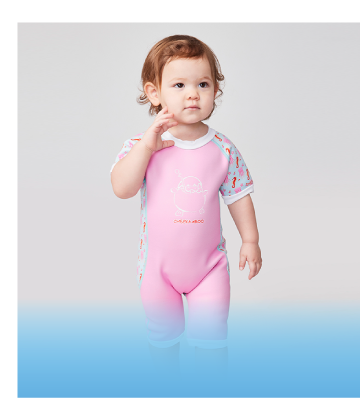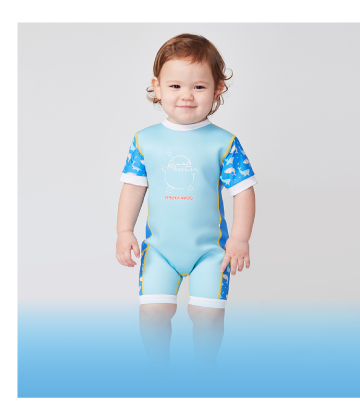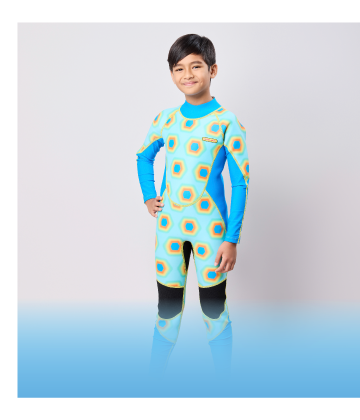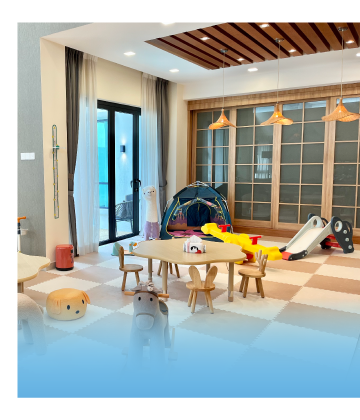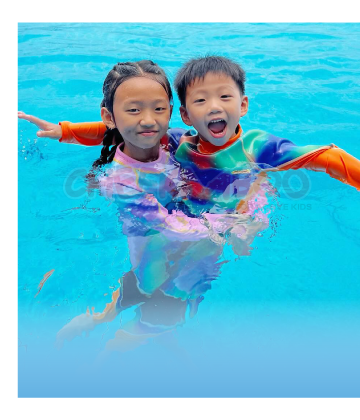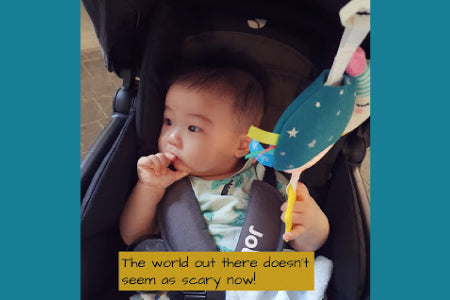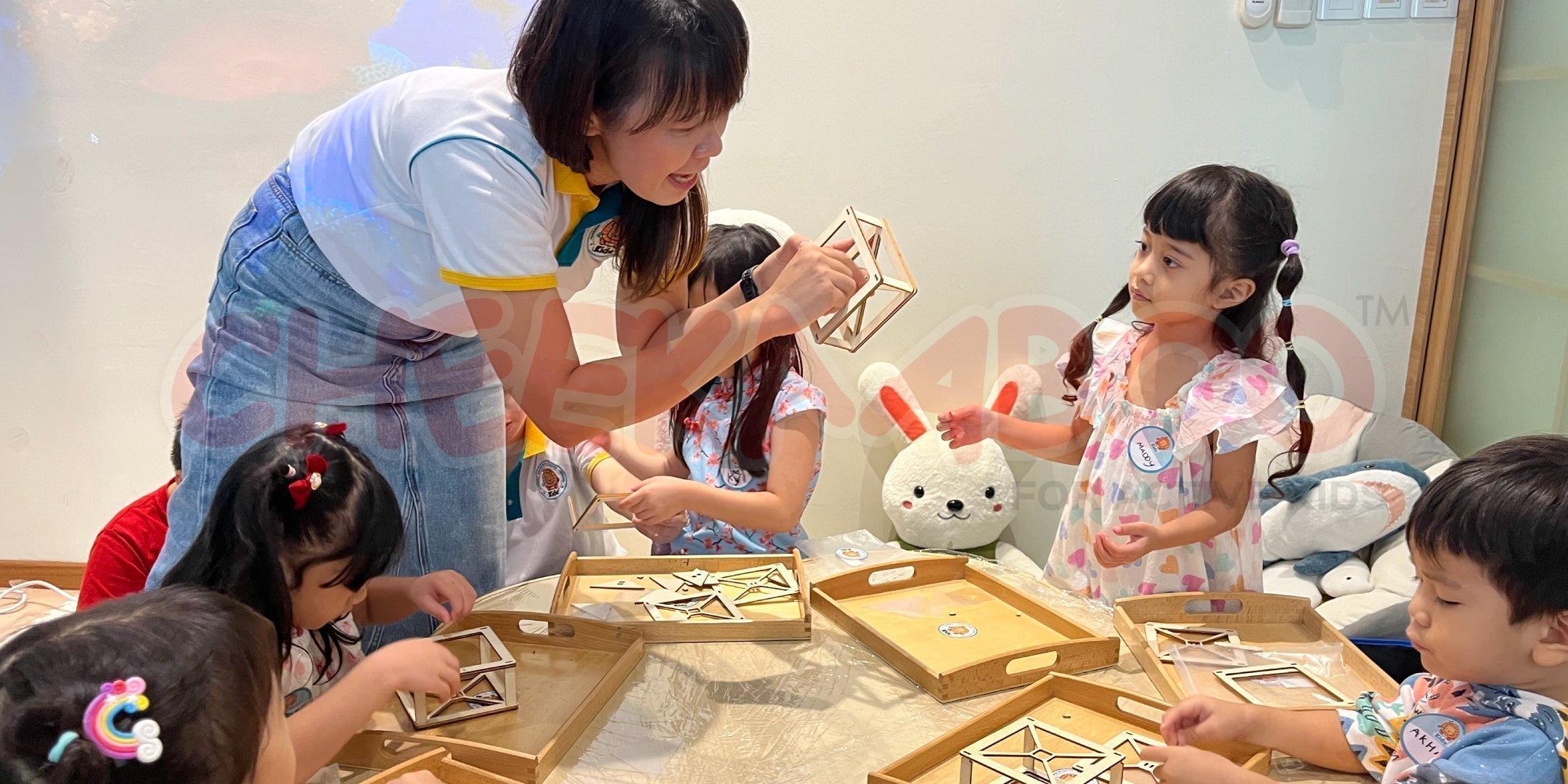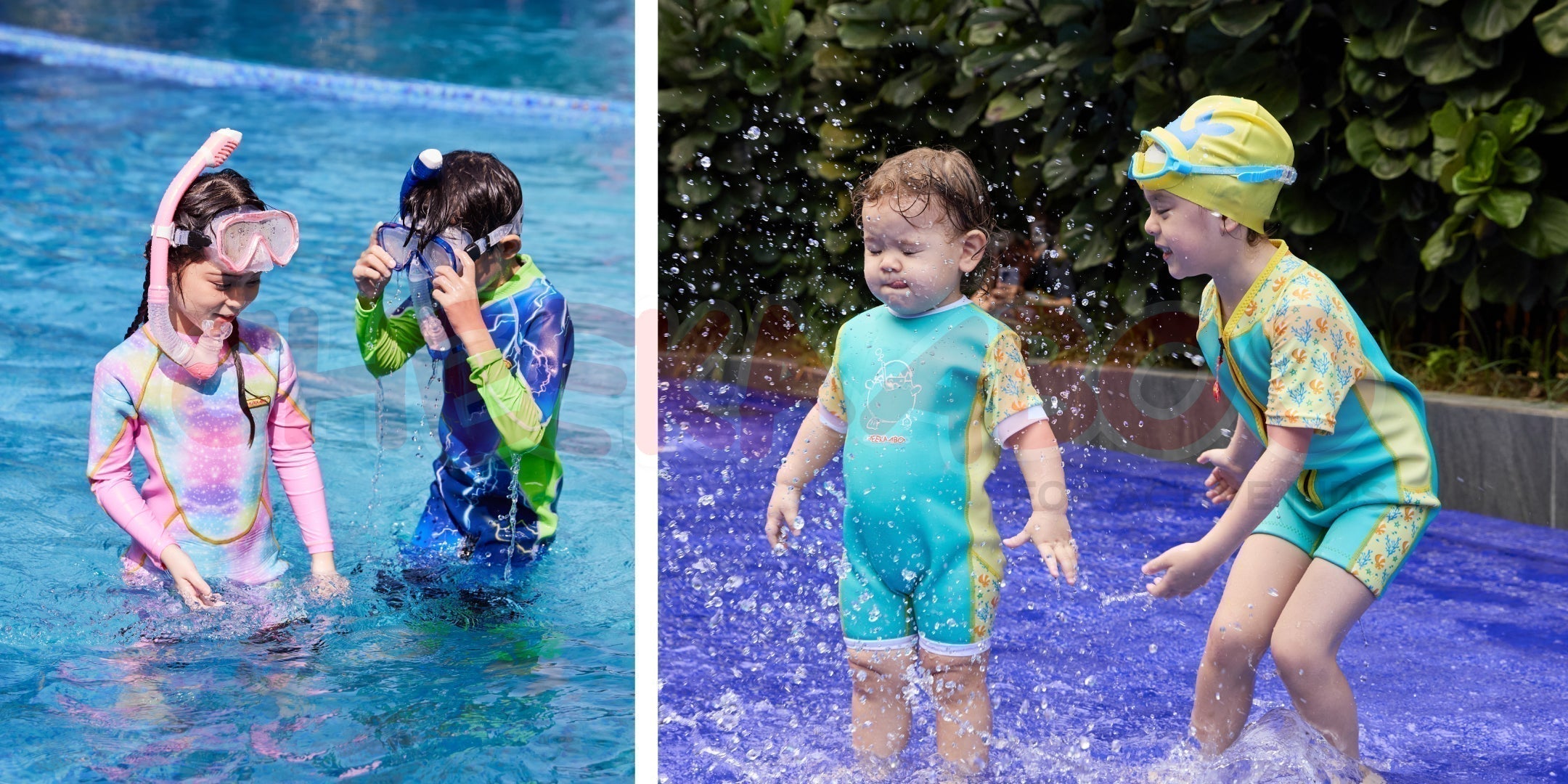
Many parents believe that babies are either born knowing how to swim or that they should wait until their toddler years to start swimming lessons. But did you know that you can teach your infant to swim as early as 6 months old, helping them become confident in the water?
There are many misconceptions about teaching newborns to swim. Some think it's unsafe, while others believe it’s unnecessary. The truth is, early exposure to water can provide incredible physical, cognitive, and emotional benefits for your baby.
In this post, we’ll break down the myths and facts about infant swimming, explain why it’s beneficial, and guide you on the best ways to start teaching your newborn to swim safely and effectively.
Why Teach Your Infant to Swim
Teaching your infant to swim is more than just a fun activity. It’s a crucial life skill that enhances physical development, builds confidence, and fosters bonding between parent and child. Yes, by teaching swimming, you introduce movement and develop their skills.
Bryan Yap, a swim educator at Finns Boutique Swim Centre with over ten years of experience, explains:
“All babies are comfortable in the water, but not all are natural swimmers. All babies can be taught to swim, although the development of their skills will vary, and some might take a longer time to learn to swim.”
Certainly, teaching your infant to swim at a young age stimulates the muscles and improves movement.
The Benefits of Teaching Your Infants to Swim
Modern research supports the many benefits of teaching newborns to swim. A study from the Griffith Institute for Educational Research in Australia found that children who learn to swim early tend to reach developmental milestones sooner than their peers.
Here’s why infant swimming benefits go beyond just water confidence:
-
Enhances motor skills and muscle development – Water movement strengthens muscles, improves coordination, and boosts reflexes.
-
Develop parenting skills – Helps parents understand their child's developmental stages and set realistic expectations.
-
Builds confidence in parents and babies – New parents gain hands-on experience handling their infants in water, making bath time and swimming sessions more enjoyable.
-
Encourages parent-child bonding – Skin-to-skin contact and engaging water play enhance emotional connection and trust.
-
Teaches water safety – Infants learn essential safety skills, such as controlled breathing and how to react if they fall into the water.
When to Start Teaching Your Infant to Swim
Parents can introduce their baby to water as early as three months old during bath time. This helps the infant get comfortable with water and prepares them for structured swimming lessons later on.
For formal infant swimming classes, experts recommend waiting until at least six months. This is because:
-
Babies need to receive their first rounds of immunizations before entering public pools.
-
At six months, they have better control over their movements.
-
Parents feel more confident handling their child in the water.
However, if parents prefer to wait longer due to health concerns, they can still incorporate water play at home.
What Happens in an Infant Swimming Class?
A professional infant swimming program is structured to gradually introduce babies to water skills in a safe, supportive environment.
During a session, parents learn:
-
How to hold and support their infant in water.
-
Submerging ears underwater, pouring water on the face, and encouraging controlled breathing.
-
Using natural reflexes (like kicking) to guide movement in the water
How to Prepare for Infant Swimming Lessons
For a safe and enjoyable experience, parents should ensure the following:
-
The right swimming pool – Water should be clean, well-maintained, and tested regularly.
-
Optimal water temperature – Not too warm or cold, and free from strong winds.
-
Minimized distractions – A calm environment enhances focus and comfort.
-
Proper swimwear – A comfortable swimsuit and a swim diaper help keep the baby warm and protected.
-
Health check – Avoid swimming if the infant is unwell.
-
Parent supervision – Always stay at arm’s length, even if the baby uses flotation devices..
Why Choose Professional Swim Lessons
Bryan Yap emphasizes that while it’s ideal to start teaching babies to swim as early as possible, it’s not as simple as placing them in the water and expecting them to swim instinctively. He also cautions against relying on online videos, as improper techniques can do more harm than good.
Infant swimming should be guided by qualified professionals— one wrong approach could not only hinder progress but also create fear or trauma, making your baby resistant to water in the future. If you are not careful, it can also lead to drowning.
Apart from that, he further explains,
“Teaching baby swimming includes knowledge of baby development and the psychological effects on the child. If the teacher doesn't understand that, it will just be a play session. It's important for the teacher to know and for the parents to understand why they are doing certain exercises.”
Start Early, Swim Safely
Teaching your infant to swim is one of the best gifts you can give them. Not only does it encourage physical and cognitive development, but it also helps build essential water safety skills for life.
Whether you start with gentle water play at three months or enroll in infant swimming lessons at six months, the key is consistency and professional guidance. With the right approach, your baby will develop confidence, coordination, and a lifelong love for water.
👉 Read more about must-have swim gear here: Must-Have Swim Gear for a Fun and Safe Swim

